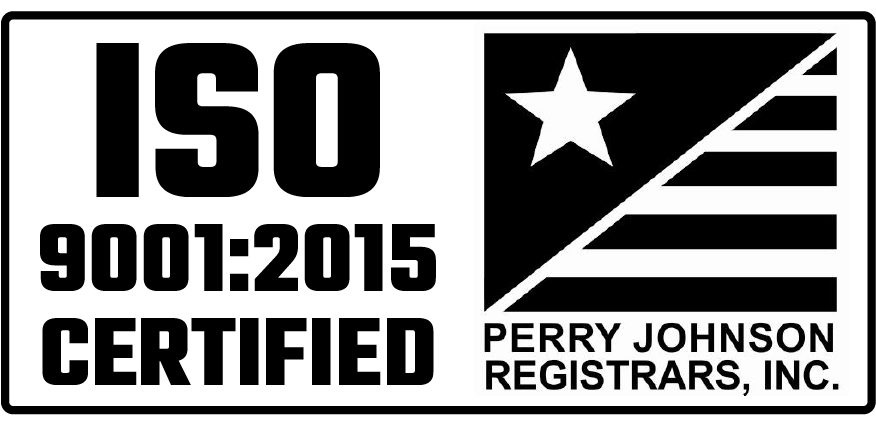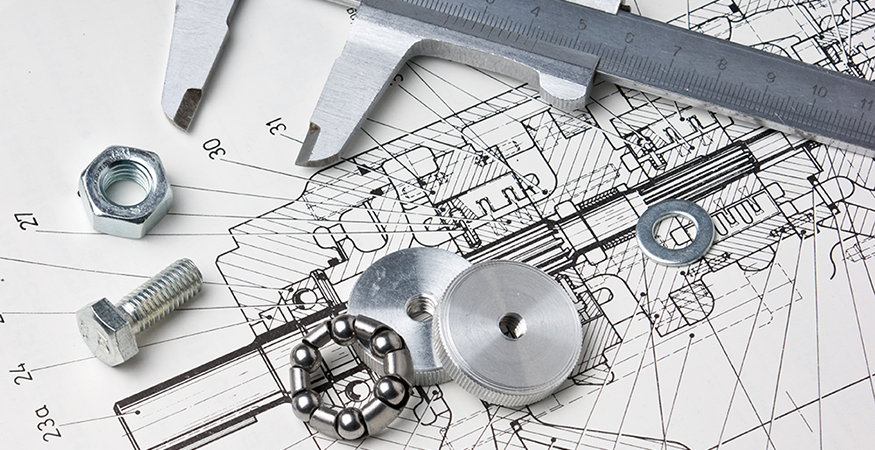Every aspect of the manufacturing process begins with the design, which is why the drawing is so important. Investors, engineers, production technicians, and contract manufacturing partners rely on the information they find on a drawing. So, are you confident your drawings accurately portray what your organization needs?
Time is money in the manufacturing world, and most organizations don’t like to waste either of those resources. Any information that’s unclear or missing from a drawing creates problems as the product makes its way through the manufacturing process. Here are three reasons that having an accurate drawing is critical:
1. Eliminate Questions
A drawing that includes all details and information necessary to successfully manufacture the design (e.g., tolerances, paint specs, electrical specs, packaging specs, etc.) helps make the entire process easier. Eliminating questions early in the process helps anyone who touches the project after the drawing is finalized understand what the design requires from their team. This makes it much easier for the production team to plan for and execute the manufacture. Throughout the manufacturing process, be sure to have appropriate technical resources available to answer questions that couldn’t be avoided before manufacturing began.2. Reduce Production Delays
The more answers your production team can access directly from the drawing, the faster and more confidently they can start building the design. Clear communication is like grease in the gears, helping everything run smoothly and as intended. If the drawing isn’t accurate, the product could be manufactured incorrectly, leading to quality issues further down the line and, potentially, unsatisfied customers.3. Avoid Additional Costs
By reducing production delays, you’ll save yourself from incurring additional costs that may come from stopping an assembly line or going back to the engineering team for clarity. An accurate drawing can also help you avoid the costs associated with poor quality products that may leave customers hanging.
Tips to Ensure Your Drawing is Complete
Different industries require different information, but overall, a drawing should include enough detailed instructions and notes so that someone who wasn’t involved in the design process could build the design correctly and efficiently.
- Call out critical dimensions
- Size and placement of holes
- Size, thickness, and bend radius for metal parts
- Wire length and gauge, splice locations
- Tolerances
- Specify any critical electrical requirements
- Voltage
- Terminal material
- PCB requirements
- Include critical paint specifications
- Priming instructions
- Paint type
- Color
- Special treatments
While it’s possible to include too many details, functionality is key. Being too specific about a part on a drawing, such as calling out a brand name, can tie up your purchasing and quality departments if the brand stops carrying that part. If the specific brand isn’t critical to the fit, form, or function of the design, it doesn’t need to be called out on the drawing. You could list more specific information as a “suggested source,” which will give your supply chain a place to start without locking them in to an exact product. The same goes for any other information you might consider including.
Implementing regular design reviews can also help you understand whether your drawings are accurate. Have someone who didn’t create the drawing check it to make sure all the critical information is included. This could be another engineer within your organization, or a contract manufacturing partner with engineering capabilities, like MCL. Industry-specific software systems may also be able to help identify and mitigate inconsistencies in a design before it leaves the engineering department. If you’re working on an electrical design, download 8 Questions to Ask Before Designing an Electrical Assembly for Heavy Duty Vehicles. Click on the button below for your copy.





